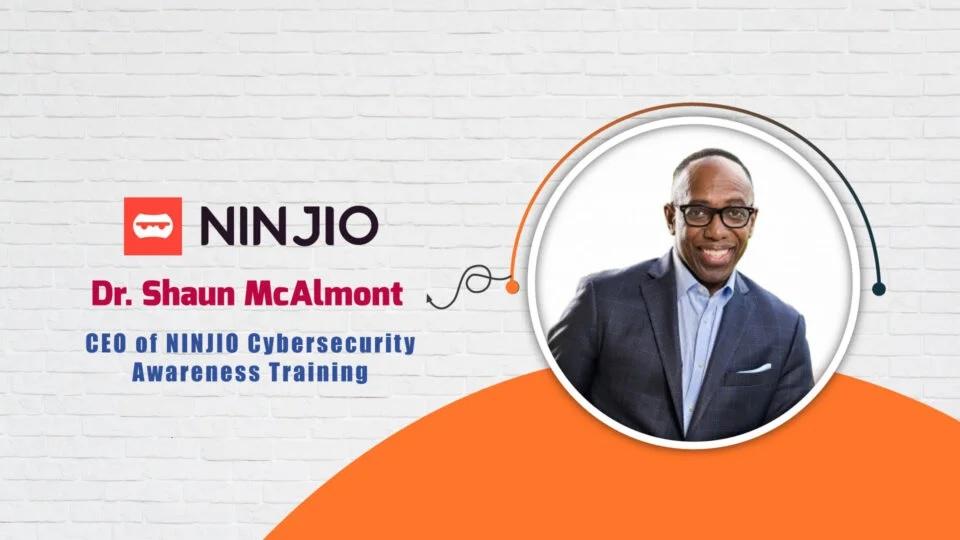Shaun, could you please introduce yourself and elaborate your role as a CEO of NINJIO?
I’m Shaun McAlmont, CEO of NINJIO Cybersecurity Awareness Training. I came to NINJIO after decades leading organizations in higher education and workforce development, so my specialty is in building solutions that get people to truly learn.
Our vision at NINJIO is to make everyone unhackable, and I lead an inspiring team that approaches cybersecurity awareness training as a real opportunity to reduce organizations’ human-based cyber risk through technology and educational methodologies that really change behavior.
Can you share insights into the most underestimated or lesser-known cyber threats that organisations should be aware of?
The generative AI boom we’re experiencing now is a watershed moment for the threat landscape. I think IT leaders have a grasp of the technology but aren’t fully considering how that technology will be used by hackers to get better at manipulating people in social engineering attacks. Despite the safeguards the owners of large language models are implementing, bad actors can now write more convincing phishing emails at a massive scale. They can deepfake audio messages to bypass existing security protocols. Or they can feed a few pages of publicly available information from a company’s website and a few LinkedIn profiles into an LLM and create an extremely effective spearphishing campaign.
These aren’t necessarily new or lesser-known attack vectors in cybersecurity. But they are completely unprecedented in how well hackers can pull them off now that they’re empowered with generative AI.
With the rise of ransomware attacks, what steps can organisations take to better prepare for and mitigate the risks associated with these threats?
The first and biggest step to mitigating that risk is making sure that everyone in an organization is aware of it and can spot an attack when they see one. It took a ten-minute phone call for a hacking collective to breach MGM in a ransomware attack that the company estimates will cost it over $100 million in lost profits. Every person at an organization with access to a computer needs to be well trained to spot potential threats and be diligent at confirming the validity of their interactions, especially if they don’t personally know the individual with whom they’re supposedly speaking. The organizational cybersecurity culture needs to extend from top to bottom.
Building that overarching cultural change requires constant vigilance, a highly engaging program, and an end-to-end methodological approach that meets learners where they are and connects the theoretical to the real world.
To Know More, Read Full Interview @ https://ai-techpark.com/ai-tech-interview-with-dr-shaun-mcalmont-ceo-at-ninjio/
Read Related Articles:




